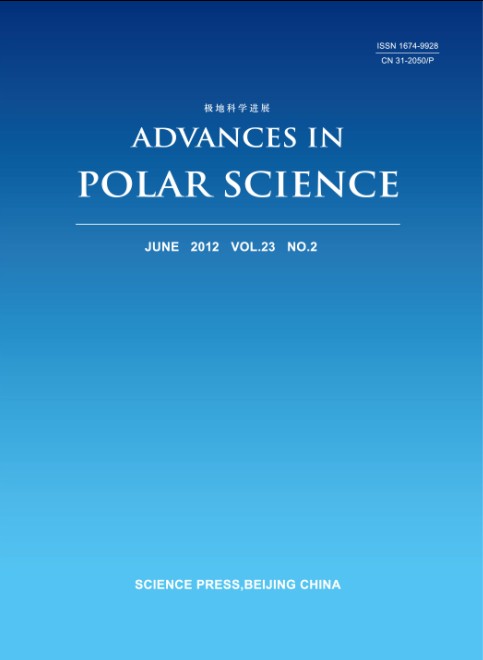|
|
Pollen morphology of selected tundra plants from the high Arctic of Ny-Ålesund, Svalbard
YAO Yifeng,ZHAO Qi,BERA Subir,LI Xiaoli & LI Chengsen
2012, 23 (2-English):
103-115.
DOI: 10.3724/SP.J.1085.2012.00103
Investigation of the modern pollen morphology in any area is fundamental for identification of the fossil pollen and reconstruction of past vegetation and climate of that area. This paper presents the pollen morphology of 20 species of tundra plants from the high Arctic of Ny-Alesund, Svalbard, using the light microscopy and scanning electron microscopy. The investigated plants belong to 12 families, viz., Brassicaceae, Caryophyllaceae, Cyperaceae, Ericaceae, Juncaceae, Papaveraceae, Poaceae, Polygonaceae, Ranunculaceae, Rosaceae, Salicaceae, and Scrophulariaceae. Shapes of the studied pollen grains include spheroidal, subprolate and prolate. Variable apertural patterns ranging from 3-(-5)-colpate, 3-colporate, 5-poroid, ulcus to pantoporate are recorded. Exine ornamentations comprise psilate, striate-perforate, reticulate, microechinate, microechinate-perforate, scabrate, granulate and granulate-perforate. This study provides a useful reference for comparative studies of fossil pollen and for the reconstruction of palaeovegetation and palaeoclimate in Svalbard region of Arctic.
References |
Related Articles |
Metrics
|

